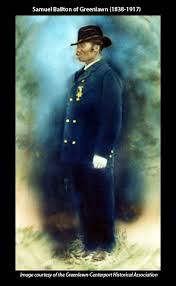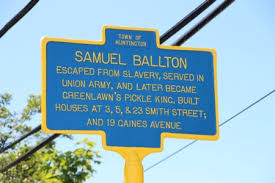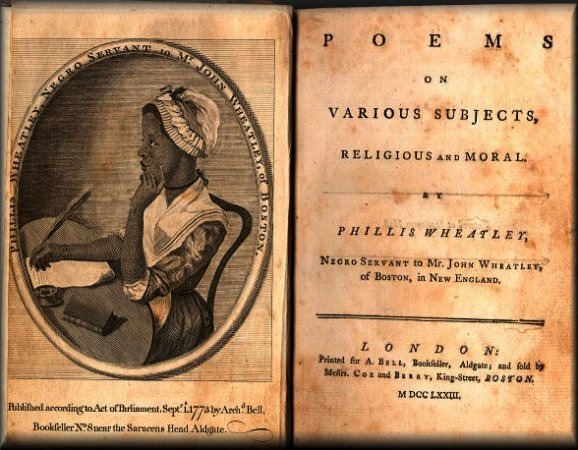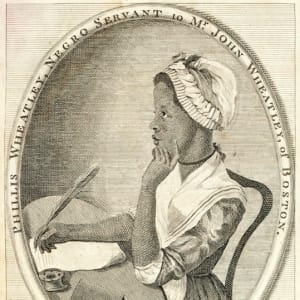So, you know how we get sidetracked from writing. That’s my version of writer’s block because I don’t allow myself to get ‘blocked’. The writing may not be cohesive, or worthy of more than a click of the delete button or a toss to the pail, if I’ve jotted it on paper. Yup, I still use paper. Point is, I keep my mind moving. Either reading, researching, or doodling – all of that keeps me moving. Come to think of it, baking keeps my mind moving too.
I recently baked a Whole Orange Almond Cake. It was delicious -and looks great too! I got to thinking, ok, this recipe is using 2 whole oranges. Sounds weird, but it is so flavorful. Does it matter which kind the recipe didn’t specify? According to Google, there are 400 varieties. I used Navel oranges but now I’ll be on the lookout for 399 more varieties. You see what I mean – even the oranges raised a curiosity that I had to satisfy.


Anyway, while researching one of my picture book biography subjects and I came across a line that piqued my interest. Knowing that I was about to be pulled out of my research lane, I attached a post-it note to the line and kept moving. Promising myself that I’d circle back once I completed what I needed to do that afternoon.
When I completed my research that day, I decided not to circle back that evening. My brain was on overload, trying to square all the facts and information I gathered. I let another day go by before I went back to that note when I realized the line was something that I had not directly thought of, although I realized it as a fact.
One subject I’m researching was an enslaved man in Maryland who’s grandfather came from West Africa during the middle passage. “Trained as a shoemaker, not a skill taught to many blacks because they saw shoes as a vehicle to escape.” That’s the line – that’s it right there.
So now I have two paths for this sidetrack research. How did my subject learn this skill? Was it a skill that he brought with him from West Africa? I may never get those answers, but that doesn’t mean I won’t try.
Slave catchers striped clothing from the African men, women, and children they captured before they packed them onto slaves ships to cross the Atlantic. Decent clothing, decent food, or basic human rights were not provided to the enslaved, let alone shoes!
Some quick links:

My sidetracking took me on a quick journey around not only shoes but the clothing issued to enslaved people.
Buck was an enslaved person hired by Thomas Jefferson to make shoes for the enslaved at Monticello.







